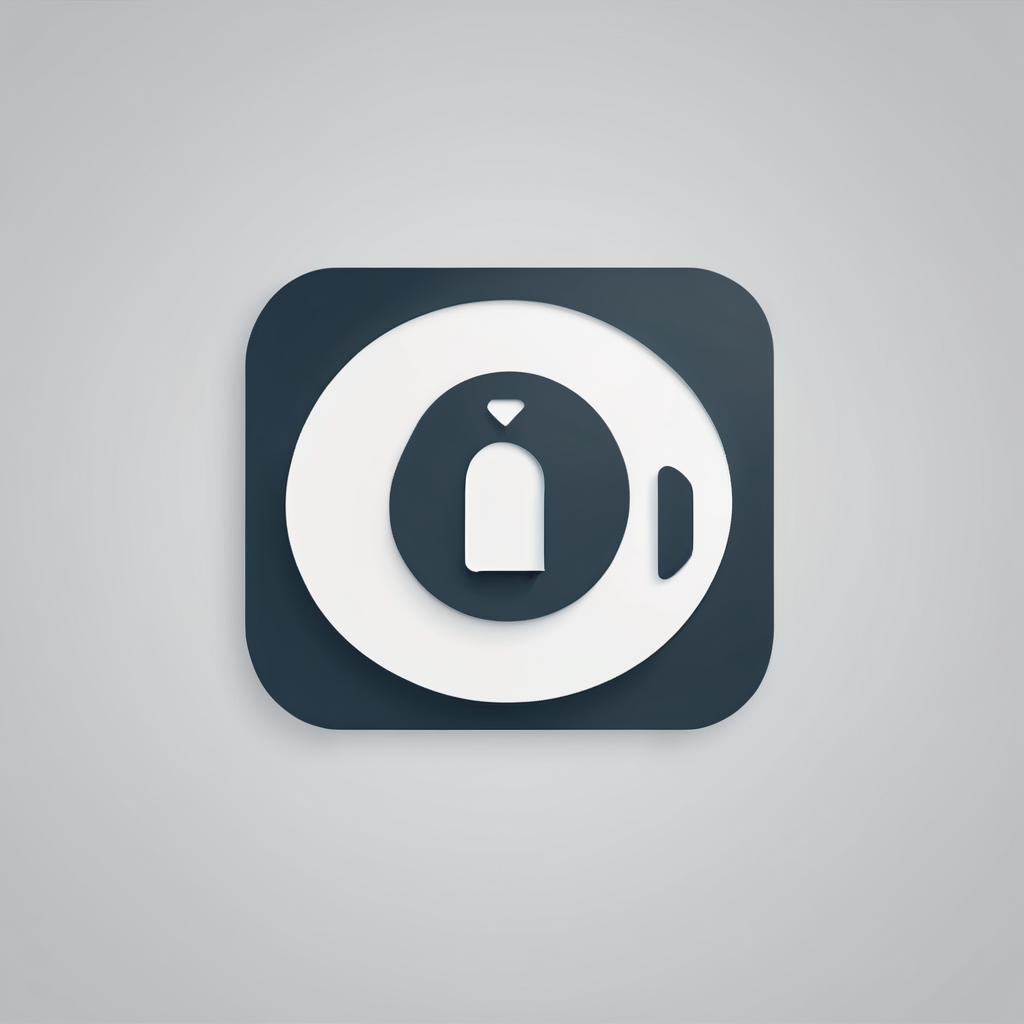Ultimate Guide to Effortlessly Installing a Hydraulic Clutch on Your Sports Bike for Smooth Riding in UK Traffic
Why You Need a Hydraulic Clutch
When it comes to enhancing your riding experience, especially in the bustling streets of the UK, a hydraulic clutch can be a game-changer. Unlike traditional cable clutches, hydraulic clutches offer a smoother, more consistent feel that can significantly reduce rider fatigue and improve overall control of your bike.
“As a rider, you want a clutch that feels connected but not fatiguing,” notes a review from Ultimate Motorcycling. “A hydraulic clutch delivers just that, making long rides and heavy traffic more manageable.”[2]
Understanding the Components of a Hydraulic Clutch
Before you dive into the installation process, it’s crucial to understand the key components involved in a hydraulic clutch system.
Master Cylinder
The master cylinder is the heart of your hydraulic clutch system. It converts the mechanical motion of the clutch lever into hydraulic pressure. When you pull the clutch lever, it pushes fluid through the system.
Also to see : The complete handbook for choosing the best sport bike tires for exceptional mixed terrain adventure in the uk
Slave Cylinder
The slave cylinder is located near the engine and is responsible for engaging and disengaging the clutch. It receives the hydraulic pressure from the master cylinder and translates it into mechanical action.
Clutch Lever and Hydraulic Lines
The clutch lever is what you interact with directly, and the hydraulic lines connect the master cylinder to the slave cylinder, ensuring smooth transmission of pressure.
Preparing Your Bike for the Installation
Choosing the Right Components
When selecting a hydraulic clutch kit for your sport bike, make sure it is compatible with your specific model. For example, if you own a Yamaha, look for kits specifically designed for Yamaha models.
“Ensure the kit includes all necessary components, such as the master cylinder, slave cylinder, hydraulic lines, and any adapters or brackets required for your bike,” advises a mechanic from Hi-Tech Motorsports[5].
Tools and Materials Needed
Here is a detailed list of what you might need for the installation:
- Hydraulic clutch kit (master cylinder, slave cylinder, hydraulic lines)
- Brake fluid (compatible with your clutch system)
- Bleeding kit (to remove air from the hydraulic lines)
- Torque wrench
- Socket set
- Pliers and wrenches
- Clutch lever and bracket (if not included in the kit)
- Gaskets and seals
Step-by-Step Installation Guide
Removing the Old Clutch System
- Disconnect the Battery: To avoid any accidental starts, disconnect the battery.
- Remove the Clutch Lever: Take off the old clutch lever and any associated brackets.
- Drain the Old System: If your old system is hydraulic, drain the fluid. If it’s a cable clutch, simply remove the cable.
Installing the Master Cylinder
- Mount the Master Cylinder: Attach the master cylinder to the handlebar using the provided bracket. Make sure it is securely fastened.
- Connect the Hydraulic Lines: Connect the hydraulic lines to the master cylinder and ensure they are not kinked or damaged.
Installing the Slave Cylinder
- Locate the Slave Cylinder Mount: Find the mounting point for the slave cylinder near the engine.
- Attach the Slave Cylinder: Securely attach the slave cylinder to the engine and connect it to the hydraulic lines.
- Align the Clutch Actuator: Ensure the clutch actuator is properly aligned with the clutch pack.
Bleeding the Hydraulic System
- Fill the Master Cylinder: Fill the master cylinder with the recommended brake fluid.
- Bleed the System: Use a bleeding kit to remove any air from the hydraulic lines. This step is crucial to ensure smooth clutch operation.
Adjusting and Testing the Clutch
Adjusting the Clutch Lever
- Set the Free Play: Adjust the clutch lever to have the correct amount of free play.
- Check the Clutch Engagement: Ensure the clutch engages and disengages smoothly.
Testing the Clutch
- Start the Engine: Start the engine and check for any leaks in the hydraulic lines.
- Test the Clutch: Ride the bike and test the clutch in various riding modes to ensure it operates smoothly.
Tips for Smooth Riding with Your New Hydraulic Clutch
Getting Familiar with the New Clutch
- Practice in a Safe Area: Before hitting the road, practice using the new clutch in a safe, open area.
- Adjust Your Riding Position: Make sure your riding position is comfortable and allows easy access to the clutch lever.
Maintaining Your Hydraulic Clutch
- Regularly Check Fluid Levels: Ensure the brake fluid level is always at the recommended level.
- Bleed the System Periodically: Periodically bleed the system to remove any air that might have entered the lines.
Comparison of Hydraulic and Cable Clutches
| Feature | Hydraulic Clutch | Cable Clutch |
|---|---|---|
| Feel and Consistency | Smooth, consistent feel | Can be more connected but may require adjustment |
| Maintenance | Requires periodic bleeding | Requires cable adjustment and lubrication |
| Fatigue | Reduces rider fatigue | Can be more fatiguing over long rides |
| Components | Master cylinder, slave cylinder, hydraulic lines | Clutch lever, cable, adjusters |
| Installation Complexity | More complex due to hydraulic components | Generally simpler |
Real-Life Examples and Anecdotes
The Yamaha YZ450FX Experience
The 2024 Yamaha YZ450FX, while not featuring a hydraulic clutch, highlights the importance of a well-designed clutch system. “The disc-spring clutch on the YZ450FX has excellent action and feel, but we still wish for a hydraulic clutch for its smoothness and reduced fatigue,” notes a review from Ultimate Motorcycling[2].
Africa Twin’s Hydraulic Clutch
The Honda Africa Twin is known for its robust hydraulic clutch system, which is praised by riders for its smooth engagement and disengagement. “The hydraulic clutch on my Africa Twin has been a game-changer for long-distance rides,” says a seasoned rider. “It’s so much easier to manage in heavy traffic.”
Practical Insights and Actionable Advice
Ensure Proper Alignment
Make sure all components are properly aligned during installation to avoid any issues with the clutch operation.
Use the Right Fluid
Always use the recommended brake fluid for your hydraulic clutch system to ensure optimal performance and longevity.
Regular Maintenance
Regularly check and maintain your hydraulic clutch system to prevent any issues that could arise from neglect.
Installing a hydraulic clutch on your sport bike can significantly enhance your riding experience, especially in the challenging traffic conditions of the UK. With the right components, careful installation, and regular maintenance, you can enjoy a smoother, more controlled ride.
“Whether you’re navigating through city streets or hitting the open road, a hydraulic clutch makes every ride more enjoyable and less fatiguing,” advises a motorcycle mechanic.
By following this guide, you’ll be well on your way to transforming your bike into a more responsive and rider-friendly machine, ready to tackle any road that comes your way.











